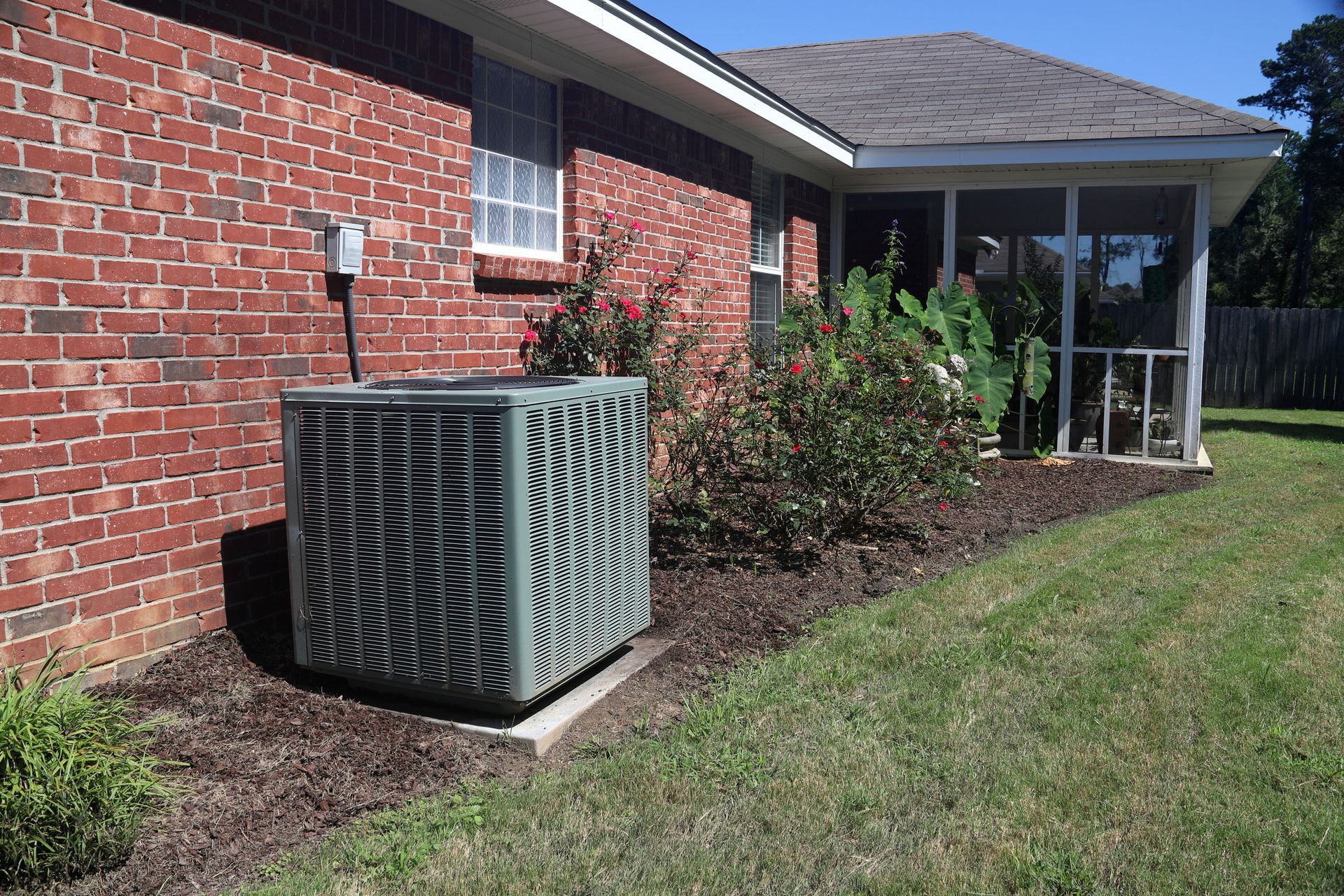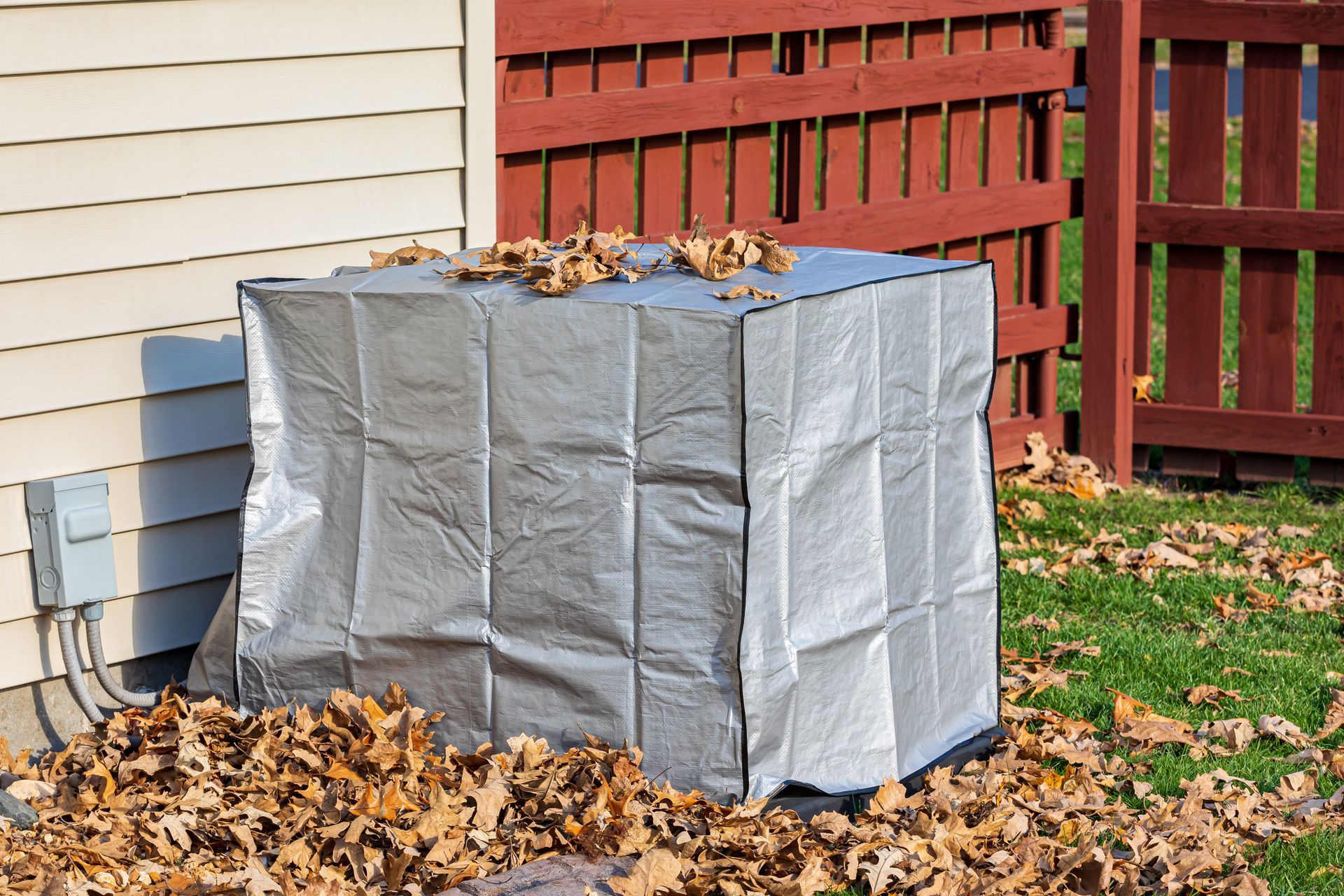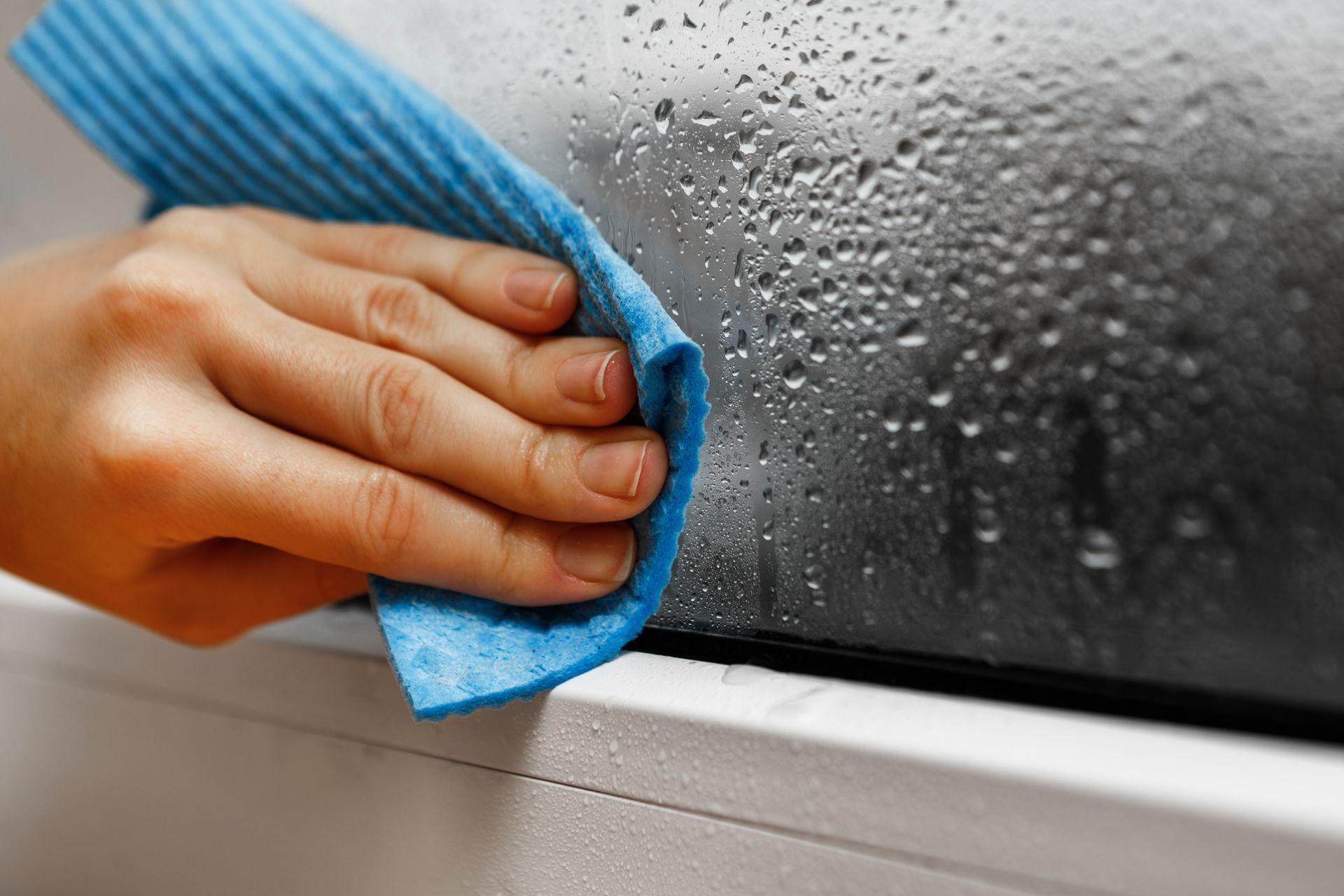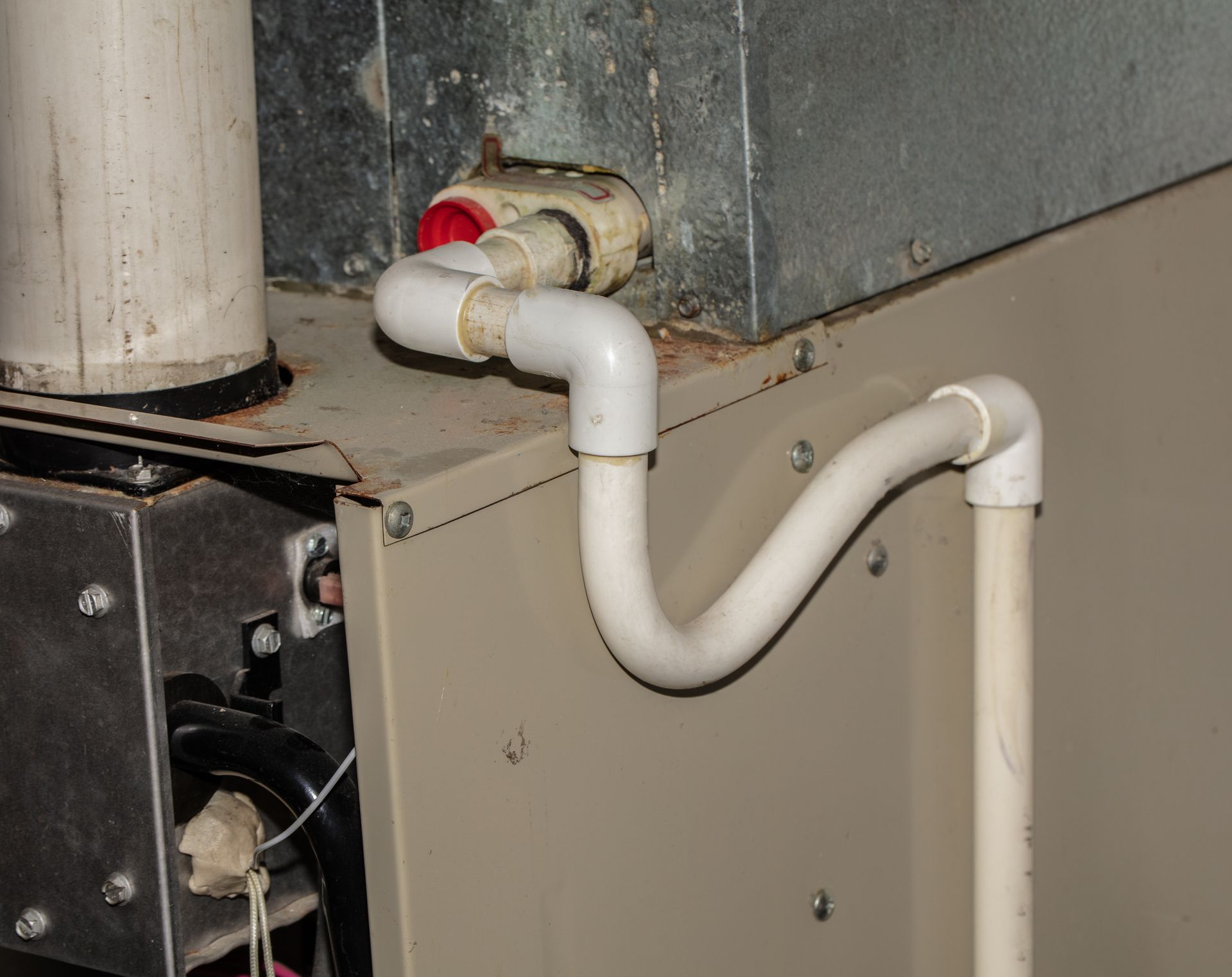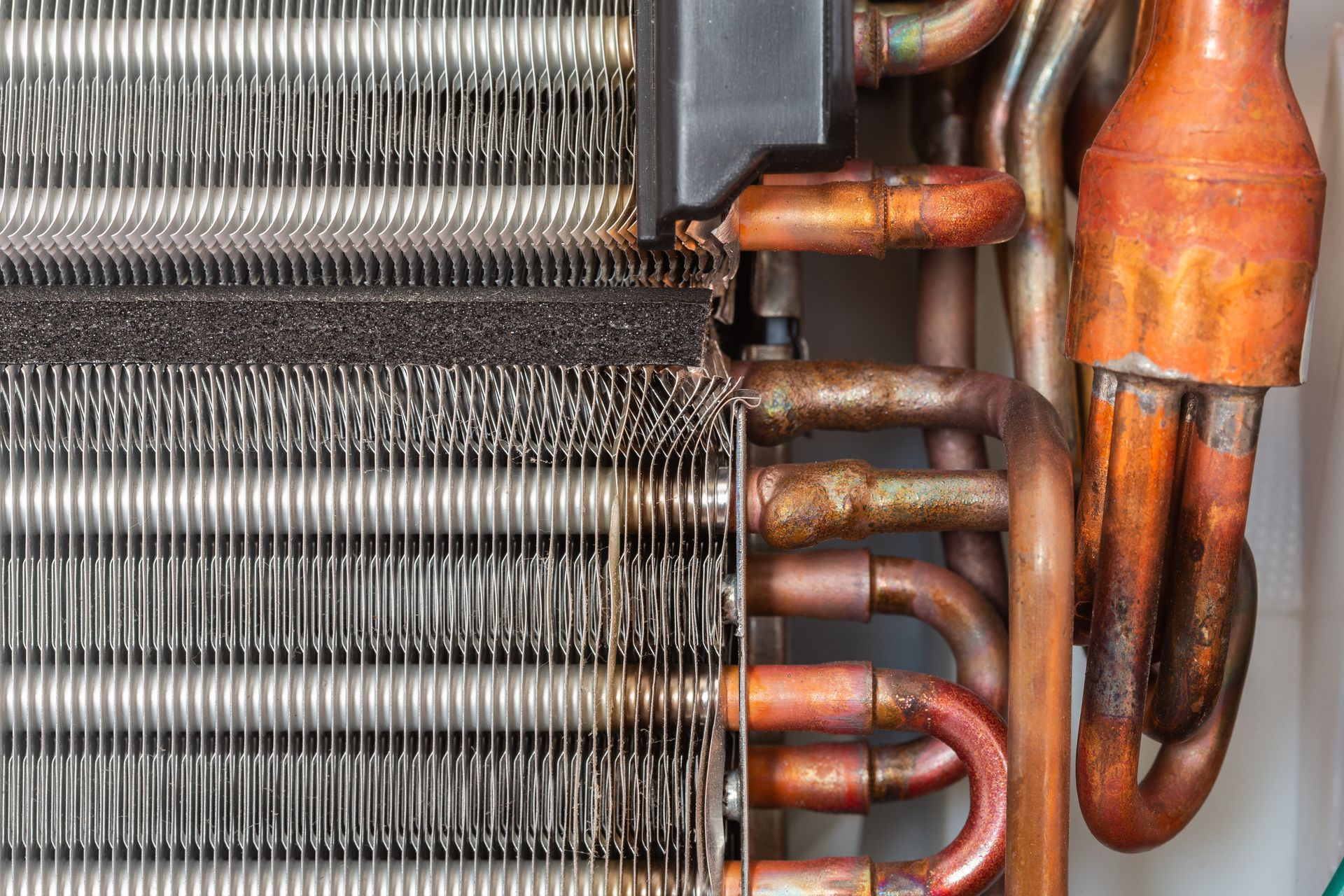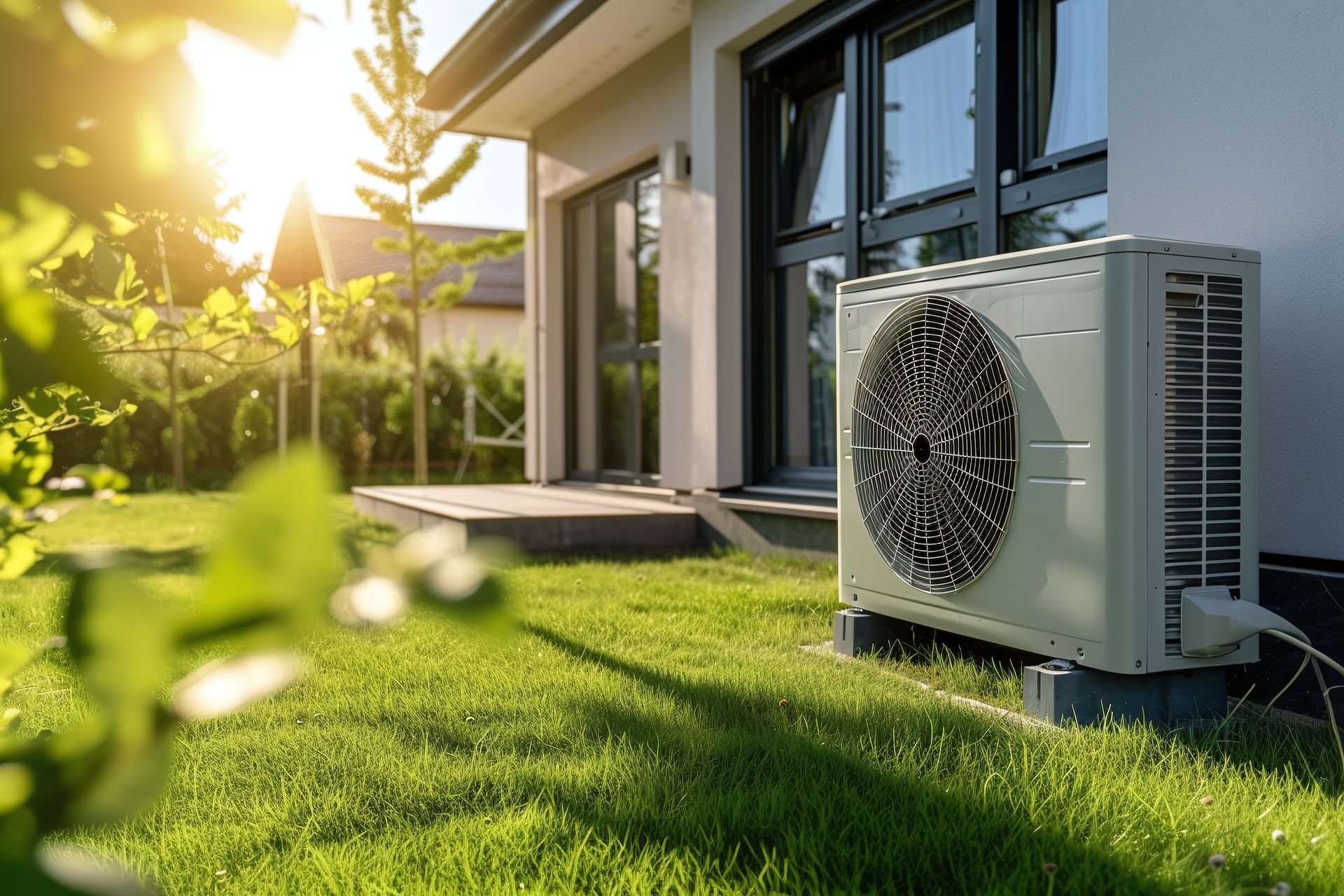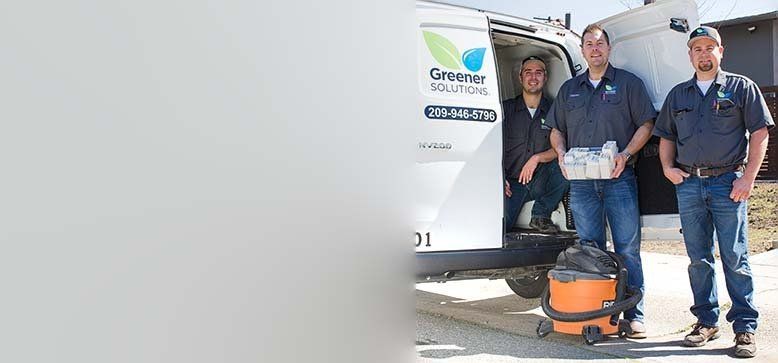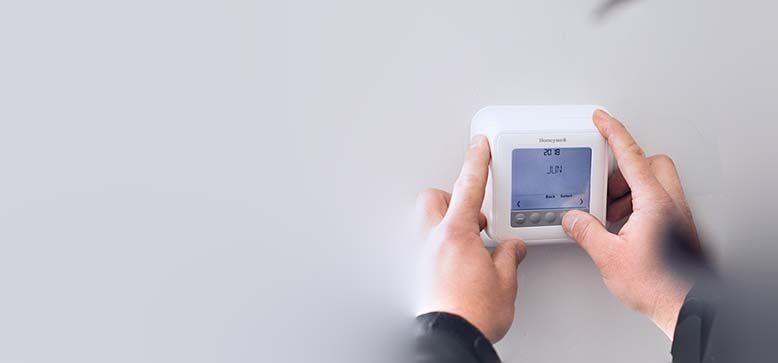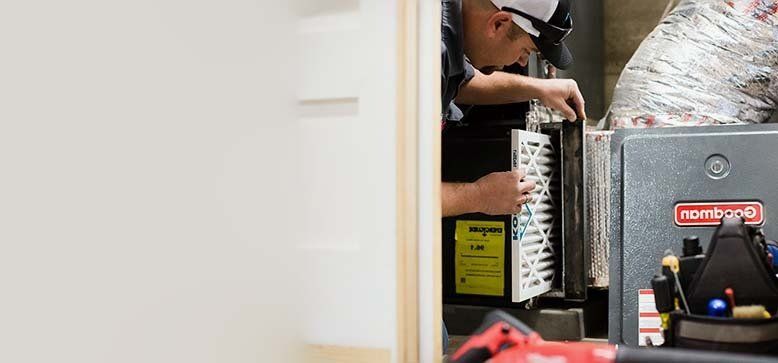How Does Air Conditioning Work?
Learn How An AC Works
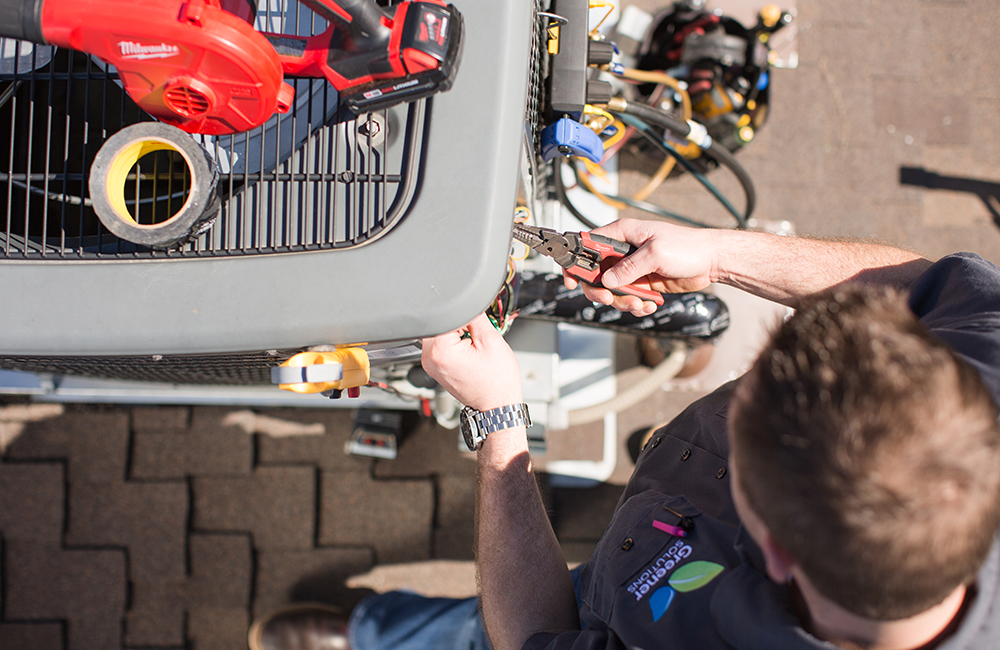
An AC unit draws heat from inside, and then using a combination of science and mechanics, returns cool air inside while transferring the heat outside.
General Premise on How AC Works
Air conditioning units are generally used to achieve cooler temperatures, lower humidity, and better air quality. It does this through a process that involves 2 primary actions that happen at the same time.
- Inside: Warm air is drawn into a system that passes the hot air over cooling coils filled with refrigerants before that cool air is recycled back into the home’s air supply
- Outside: The refrigerant that is used to “collect” the heat is then moved outside where it gets passed through a radiator style panel that uses thin metal fins to dissipate the heat and cool the refrigerant before being cycled back to cool even further.
The Basics of How Central AC Works
Air conditioning uses refrigeration technology to cool air inside a building. Refrigeration leverages a physical law that indicates that heat is absorbs when a liquid is converted to gas. Air conditioners also leverage this feature of phase changing by forcing chemicals, called refrigerants, to condense and expand repeatedly within a closed loop system to help regulate temperatures.
The refrigerants allow phase changes to occur at relatively low temperatures. As the refrigerants meet warm temperatures caused by the warm air outside the coil system, they expand into gas. This gas continues to expand through the coils which continually absorbs more heat and continues to expand. This effectively cools the air and reduces humidity as the air passes over the coils and before it’s cycled back into the interior of the air-conditioned space. The heated refrigerant gas is then passed through a system where the heat gets discharged and the refrigerant gets compressed back into a cool liquid state.
Air conditioners will usually act as dehumidifiers because temperature plays a critical role in relative humidity. Humidity gets drawn from the air and condensation gets pulled in around the coils as they cool the air around them. This water then collects around the AC unit and is discharged somewhere safe.
AC Unit Parts
Before we explore air conditioning in too much detail, we first have to breakdown the primary components of a central AC unit. Each part plays a critical role in ensuring that the air conditioner can properly regulate temperatures and cool the indoor air.
The primary elements of an air conditioner:
- Evaporator: Holds and receives refrigerant. The warm air from inside is blown over the cold evaporator coils. The warmth in the air cools as it encounters the cold coils, while at the same time the warmth of the air helps the refrigerant expand. This evaporation forces the gas to expand and be pushed towards the compressor.
- Condenser: Allows heat transfer. The condenser takes the heat collected from the room by the refrigerant, and pumps that heat outside as the refrigerant converts back into a liquid. Often utilizes a wall of fins to increase surface area which helps disperse heat faster.
- Expansion Valve: Regulates refrigerant pressure to evaporator.
- Compressor: Pressurized pump for refrigerant. This decreases the volume of the gas by increasing pressure and temperature.
The inside part of the AC unit contains the evaporator and a fan to help circulate air over the coils.
The outside part of the AC unit contains the compressor, condenser and another fan blows hot air outside. Each part is connected by a series of coils that assist in the heat exchange process.
What are Refrigerants?
In addition to the primary components of an AC unit, the next most important part is the refrigerant. Without the refrigerant, the whole AC system wouldn’t work. Refrigerants have one critical feature that allows them to phase between liquid and gas at low temperatures. We know that when heat is applied to liquids, they turn to gas. This principle is largely what the heat exchange in AC units is based off of. This makes refrigerants extremely valuable for air conditioners. When refrigerants are compressed into liquid form and then cooled, they are ready to extract heat in the evaporator coils from the surrounding air. This happens when the liquid expands and evaporates into a gas. This expansion forces the refrigerants through the system to the compressor and then the condenser that collects and discharges the heat. Once the liquid refrigerants have been compressed and cooled again, they are sent to cycle back through the process.
The Refrigeration Cycle Process
The process below simplifies what happens during the AC cooling process:
1. Heat is absorbed by cool liquid refrigerant in evaporator coils
- The warm air in a building gets pulled into an area where it passes over evaporator coils that contain a cool refrigerant. This simultaneously cools the air temperature and causes the refrigerant to expand and warm. The chilled air is then vented back out into your home to help regulate the internal temperature while the heated refrigerant gas is passed onto the compressor.
2. The compressor increases the pressure
- The compressor pressurizes the heated gas making it hotter in preparation of the condensing process.
3. Heat gets shed outside
- The refrigerant which is now an extremely hot vapor is pushed outside into the condenser where the temperatures equalize against a building’s external temperature. This causes a rapid drop in temperature which also causes a phase shift back into a liquid.
4. Refrigerant cools and process repeats
- Once heat has been eliminated, the cold refrigerant heads back to the evaporator to repeat the process. This typically continues until a unit is turned off or a desired temperature has been reached.
What is Central Air?
The most common AC system is what is known as “central air.” It is also called split system air conditioning and normally includes these features:
- A thermostat for temperature control
- An indoor unit (could be a furnace or fan) that houses the interior elements, the evaporator and fan.
- An outdoor unit that contains the elements needed to discharge heat
- Coiled copper tubing that allows refrigerant to circulate
- An expansion valve to regulate refrigerant pressure
- Ducting to help distribute air to and from central AC input
How Air Conditioning Works in Detail?
With the basics out of the way, there are a few more components that need to be explained to fully understand how air conditioners work.
- Thermostat: The thermostat is typically mounted on a wall in a common living area in the household. This component monitors the temperature which is then used to determine if AC is needed based on a set desired temperature selected by the user. When the sensors read that it is too hot, the thermostat will start the AC unit.
- Fans: There are fans inside and outside that help to circulate the air to make sure that the AC unit functions properly. The fan inside draws hot indoor air in while simultaneously filtering cold air back out. The fan outside draws air and blows it over the hot radiator fins to cool the condenser coils.
- Filtration: One of the other features of most modern AC units is that they also clean the air to some degree. They use filtration systems that are in line with the ducting used on the inside part of the AC system. This removes airborne particles like smoke, dust, allergens, and more.
Types of AC Units
There are several types of air conditioners that function slightly differently which we will want to cover.
Split System
Central air is usually working with a split system because they utilize an indoor and separate outdoor unit. The indoor unit is typically the evaporator coil and intake fan. The outdoor unit is usually that big box you see outside of homes and contains the condenser and the compressor. They are connected via a series of copper tubes that redistribute the refrigerant. Split systems are generally quieter, more efficient, and have the longest shelf life with the proper maintenance.
Packaged Air
Packaged air systems are for when you are limited and do not have space for a split system, and you need a compact all in one solution that contains the condenser, the compressor, and the evaporator in one place. These are generally more functional when rooftop units need to be a consideration. They essentially serve the same purpose through the same means as the split system with the only real consideration being location of where this unit should be placed.
Ductless Air
Ductless air systems are slightly different when it comes to how air is distributed. Like the name implies, central AC uses an intake system that draws from multiple sources and then recycles air back from a singular interior component of the AC unit. Ductless air maintains an individual interior unit in each room so each room can have its own decentralized climate. This does require multiple indoor units to be connected to a centralize outdoor unit that disperses the collected heat. These systems are good for precision air conditioning where you need it especially if you prefer your living areas cool but your bedroom warm.


